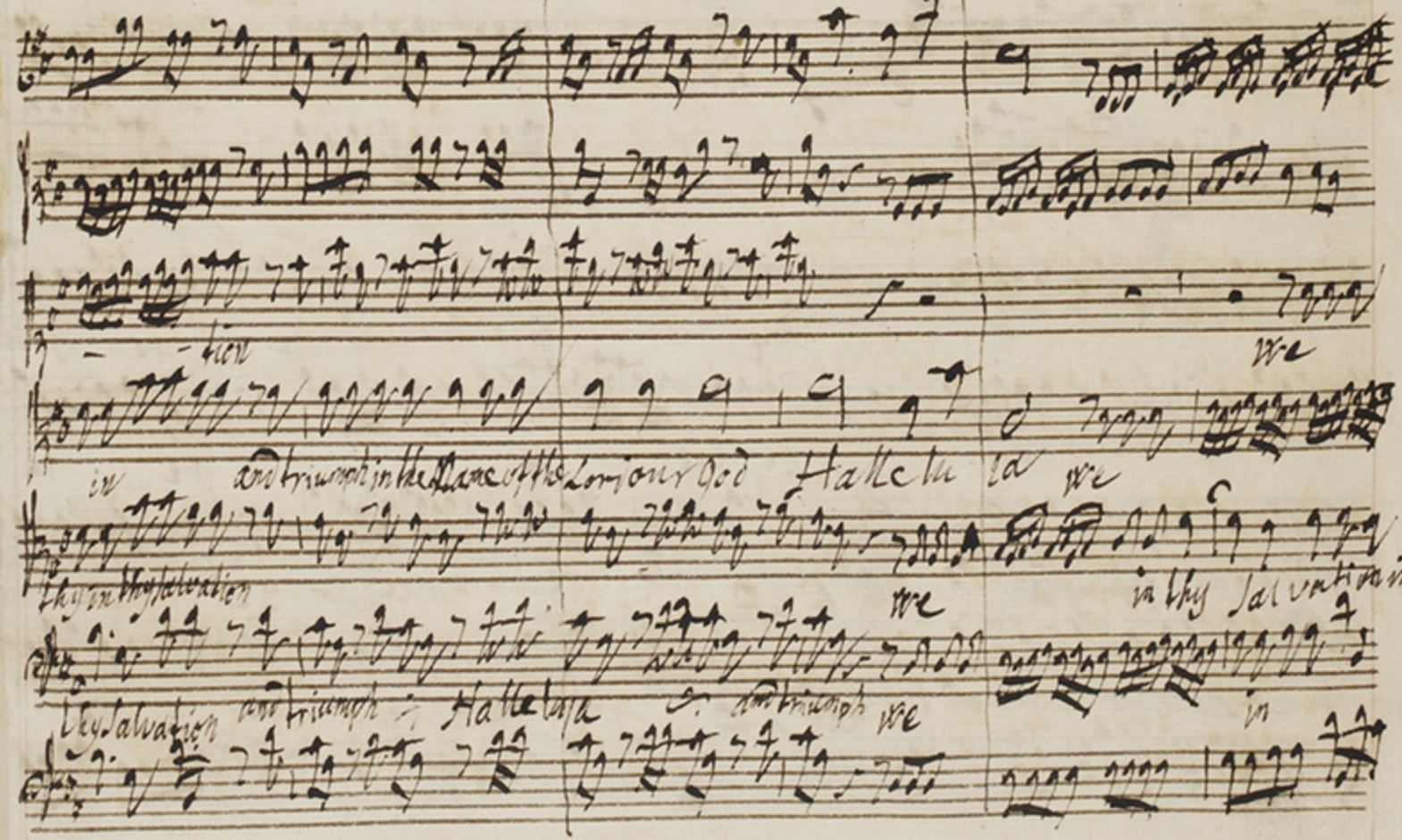Piano approach: Music Inertia VS Full Control
Piano approach: Music Inertia VS Full Control
Piano approach: Music Inertia VS Full Control
It is common to see pianists committing mistakes and starting all over from the beginning… As you can imagine, that could prove to be a very expensive practise when at a recording session.
If you are thinking about organising a recording session, it is fundamental that you gain full control of your pieces prior to your recording session.
Why?
Mainly because you will need to start from different sections of the pieces in order to produce outstanding takes. Also, in order to keep your attention throughout all your performance, it is important to have developed the necessary intellectual devices. These skills connect with the 5 different memories involved in the act of performing.
When we are recording, we feel the pressure of having to sound perfect. Despite this is not being true, as we can make several takes of different passages, we can still be pressurized by the weight of posterity. We know whatever we record on our session will stay unchanged as a document of our performance quality forever. Therefore, if we want to produce good results we have to follow a thorough plan.
The creation of this plan is fundamental and our advocation to it paramount. Learning the name of the notes of a piece can help us to consolidate our ideas about it. It allows us to rehearse our ideas even outside the piano. Most importantly, it allows us to recreate and control a musical piece without the help of any external device, score or instrument. Fixing the dynamic and expressive structure we superimpose to a piece remains the most important collaboration a performer can make towards adding a personal touch to a musical composition. This is the maximum level of control a musician can excerpt on an interpretation. Working hard towards creating this abstract structures remain the ultimate challenge for all of us pianists.

